It’s the first Wednesday of the month and time for gardeners and garden bloggers to celebrate the wild critters that we share our world with. I’m still quite besotted with “my” backyard birds and have concentrated efforts on observing them this past month. But on a chilly morning, this winter-colors clad Carolina Anole, Anolis carolinensis, was hanging out, too cold to scramble away from my camera.
His coloration isn’t winter-only, but instead, camouflaged to match the limestone wall and rust-colored mail box. I’ve seen a few of these guys-n-gals this past month and plenty more will emerge as we move into our warm season. Green will be their primary color in most of their photos to come.
In experimenting with the Cornell Merlin app on my phone, I inadvertently discovered that when I play the song of certain birds–looking at YOU, Carolina Chickadee, Poecile carolinensis,
…the bird responds. Honestly, it was an accident the first time or two that I played the Carolina Chickadee vocalization on the phone and then noticed the real one was answering and flitting ever-closer to where I was sitting. Another time, I was showing a neighbor this cool trick and the same thing happened–the Chickadee answered and moved closer to where we were standing.
Poor guy. I’ve been messing with his little bird-brain and he can’t figure out where his rival Chickadee is located. Rest assured, other than the 3 or 4 times to confirm that the bird was actually responding the the phone’s Chickadee call, I haven’t played the Chickadee song since. I suppose that I shouldn’t be surprised a bird would react to the vocalization issuing from the phone. Knowledgeable and passionate birders, the ones who started birding as kids, learned and excel at bird vocalizations and it’s the method they employ to attract birds for observation and photography. I have zero ability whatsoever to vocalize bird calls, but, going forward, I’ll keep my trusty phone handy if I ever need to call a bird.
Maybe I’ll use the phone to call humans, too.
This little cutey has been a constant, though shy, visitor all winter.
I’m reasonably confident that he’s an Orange-crowned Warbler, Oreothlypis celata, and he’s one of several birds that I don’t think I would have noticed if I wasn’t…well, trying to notice birds. Counting birds for Cornell Lab of Ornithology, which I wrote about here, has been good discipline for me. In keeping binoculars handy (I now have a greater appreciation of birders’ reliance upon those things) and actually using them when I’m observing birds, I’ve discovered that a remarkable variety of birds pass through and regularly visit my garden.
House Finch, Haemorhous mexicanus, couples are residents, year-round.
This House Finch male munches contentedly, though I guess his parents didn’t teach him to chew with his mouth closed.
And this,
…is the monthly obligatory shot of the always stunning male Northern Cardinal, Cardinalis cardinalis, a pair of which are daily visitors.
American Goldfinch, Spinus tristis, have been new and constant visitors to the garden. Such attractive and tiny birds, they brighten the late winter landscape. Sometimes I have as many as 15-20, though usually there are only 5-10 at any time at the feeder, birdbaths, or foraging on the ground.
I realized as I was perusing photos that I have no clear shots of the bright yellow and black mature males. I’ll have to fix that little glitch before they fly north for their summer breeding and nesting activities.
American Goldfinches and House Finches share the bounty well.
My red headed Red Bellied Woodpecker, Melanerpes carolinus, is a big fan of suet.
I still haven’t successfully caught that blush of red on his belly for which he is named, but he’s a pretty boy and always fun to watch and hear. His mate has also appeared a time or two, though she is shyer and doesn’t pose for pics as readily as he does–or maybe it’s that she doesn’t eat as much.
I’ve had to put away my suet, or at least have it out only when I’m at home and can supervise, because of an influx of these bad actors.
Yes, the European Starlings, Sturnus vulgaris, bane to native North American birds and bridges alike, have arrived–and in droves sometimes. Starlings are actually lovely birds with beautiful plumage,
…and I’m fond of their vocalizations. But they’re so aggressive and greedy, and sometimes, downright mean to the other birds. My little warblers and finches don’t stand a chance against their bully behavior, though I must say, the Blue Jays hold their own. I know that Europeans (the people, not the birds) lament the decline of the Starlings in Europe, but they (the birds, not the people) have become truly problematic here in North America.
No, I’m not in favor of building a wall, but maybe we could arrange a swap?? How about some good European wine, beer, or cheese in exchange for some Starlings? Deal?
A happier and more welcome invasion is of this gorgeous bird, the Cedar Waxwing, Bombycilla cedrorum.
Oh, that strip of yellow on the tail feathers and that dash of bright red on the wing, not to mention the stylish face mask! I absolutely adore these beautiful, gregarious birds. They’re fun to watch, though they’re usually waaayyy up high in the trees, so I get to see a lot of Cedar Waxwing creamy lemon-yellow tummies. Cedar Waxwings swoop up in flocks landing near the top of trees, then swoop down again into the next tree, keening all the while. They’re such cheerful birds.
Their courting behaviors are charming.
Sharing berries is love, or perhaps more accurately, a prelude to breeding.
Look who stopped by the pond early one morning! A lone male American Robin, Turdus migratorius, popped in for a quick sip and a pose.
Sadly, I haven’t seen a Robin visit my garden in years. It was always a hit-or-miss with Robin sighting during late winter/spring migration, but in the past there were usually a few to observe. In recent years though, not a one has stopped by for a nosh and a drink. So, welcome Mr. Robin and please, bring your brethren for a visit.
Finally, there’s this young lady.
Mama-to-be Eastern Screech Owl, Megascops asio, has returned this winter and is settling in to the nest box a bit early this year.
The winter has been mild (to say the least), so I suppose that explains the early move-in date. Dad-to-be was comfy, though wary of me, in the nearby Mountain Laurel tree on Sunday, keeping watch and looking dashing.
The Blue Jays, Cardinals, and the little birds keep me apprised to the owls’ whereabouts and when I hear their complaints, I know where the owls are roosting. I’m thrilled the owls are back this year and will keep my fingers crossed that all goes well for them and their brood. We installed a bird cam in December so we have a view inside the nest box this year. There’s not much to see right now, but when Mama is sleeping in the box, this is view:

For reference, you’re looking at the top of her head and down her back. Her eye is just above my last name.
When Mama is looking out of the box, the view inside is this:
If there are no glitches with the wiring or camera, we should be able to see the eggs and then the chicks, in all their fuzzy cuteness. It should be an interesting experience. As I mentioned to a friend about viewing the goings-on of an owl family: You know, tearing apart songbirds, mice, and lizards. Fun stuff.
Mama wasn’t in the box yesterday, so that’s a bit concerning (especially because there is a Great Horned Owl pair also nesting in the neighborhood). As she’s been settled in for a week, it’s odd that she wasn’t there. Plus, I didn’t hear any trilling the previous night. I’m hoping she just stayed out late and needed to crash at a friend’s place–but time will tell.
The native bees, honeybees, and butterflies are waking up and beginning to make their presence known in the garden–buzzing, breeding, nesting, flying. They’ve been a little too fast for this pokey photographer to capture, but with some practice and good luck, there will be a variety of insect goings-on in the coming month to share for the next Wildlife Wednesday.
Did wildlife visit your garden this past month? Please post for March Wildlife Wednesday–share the rare or mundane, funny or fascinating, beneficial or harmful critters you encounter. When you comment on my post, please remember to leave a link to your Wildlife Wednesday post so readers can enjoy a variety of garden wildlife observations.
Happy wildlife gardening!


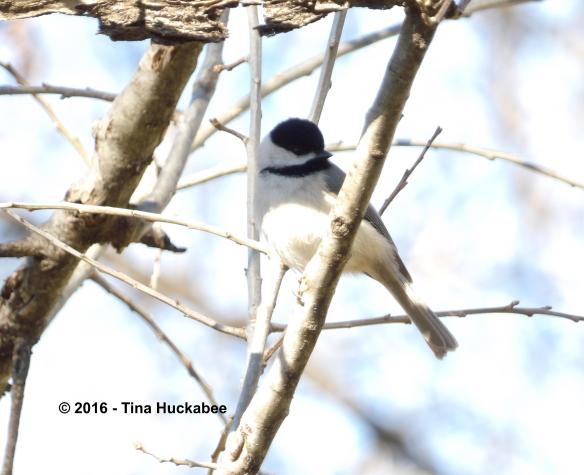
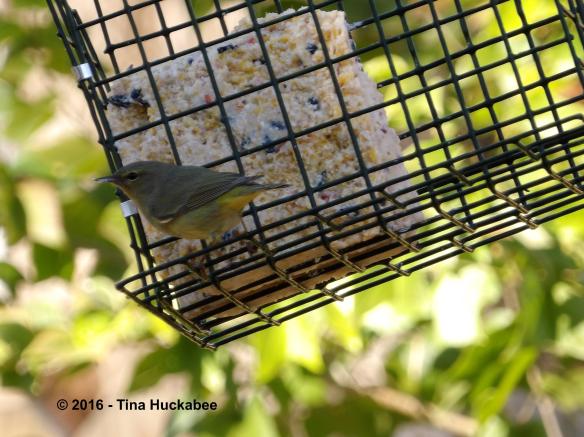



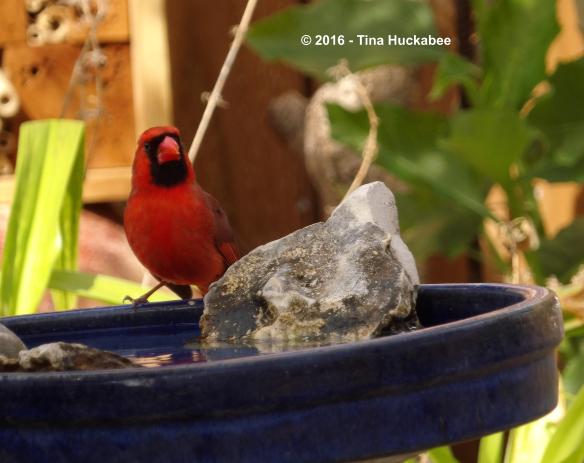

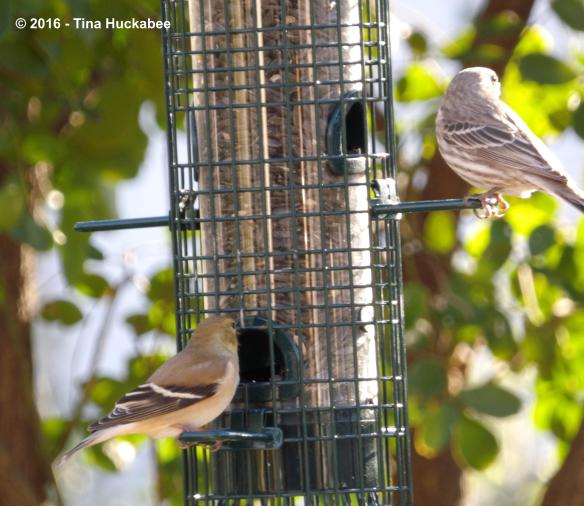
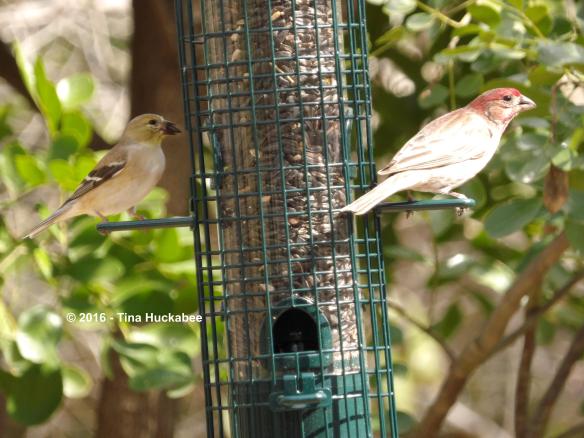
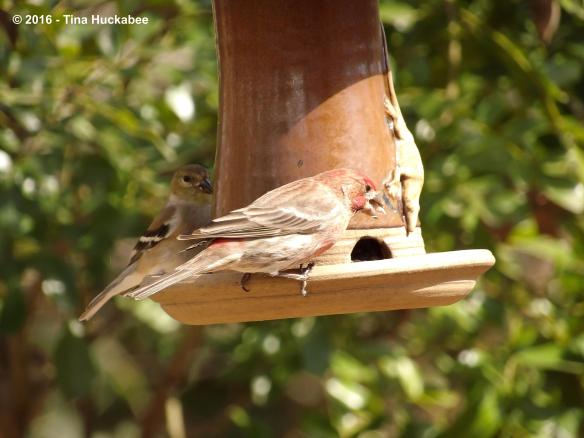


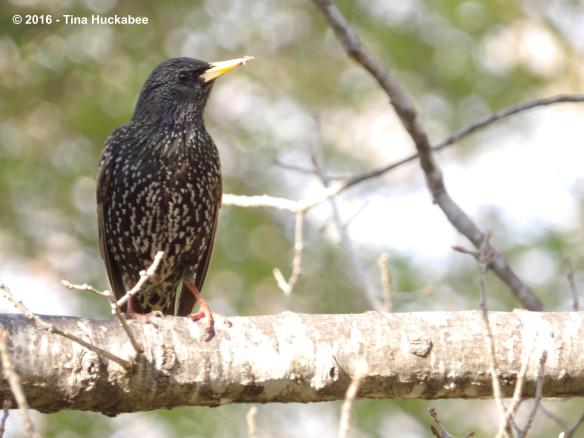
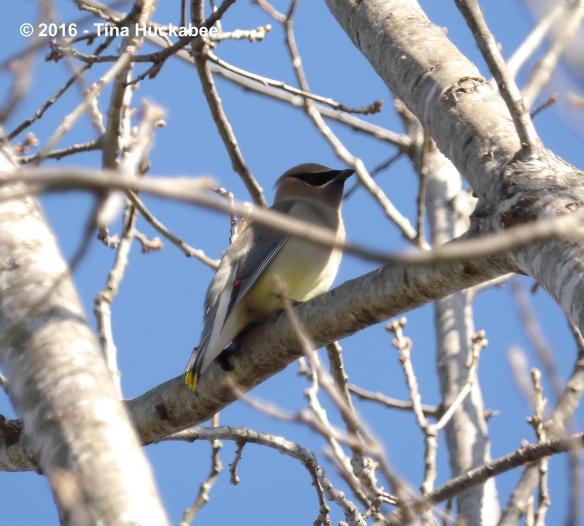
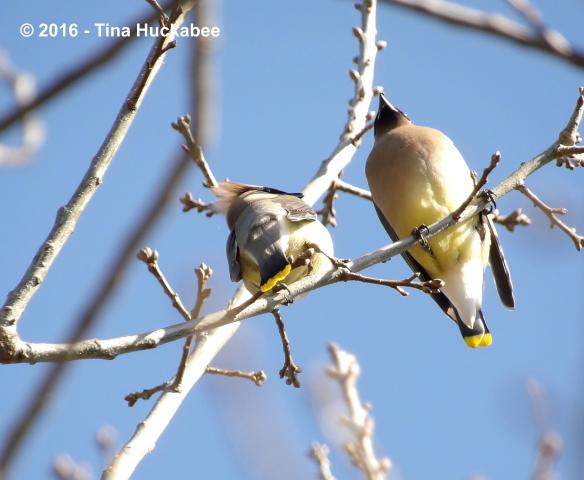
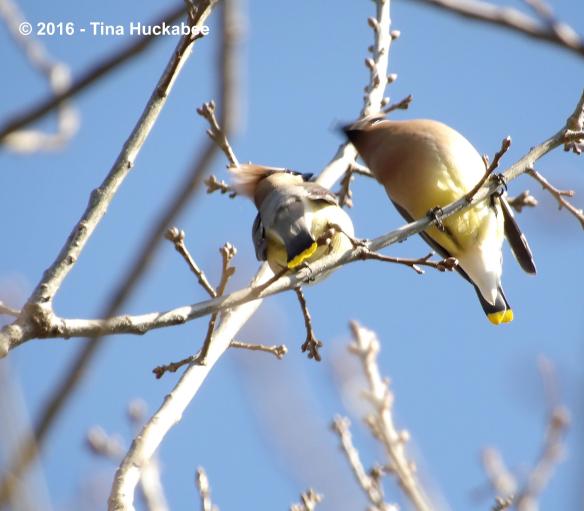
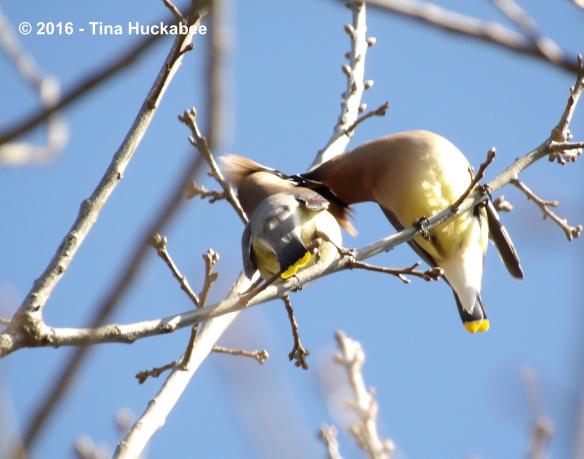
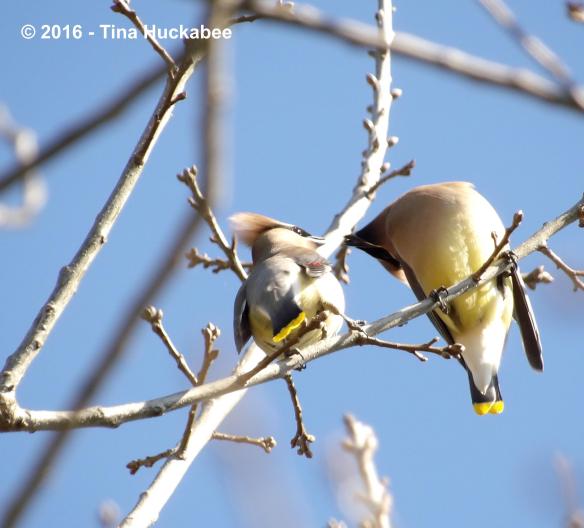




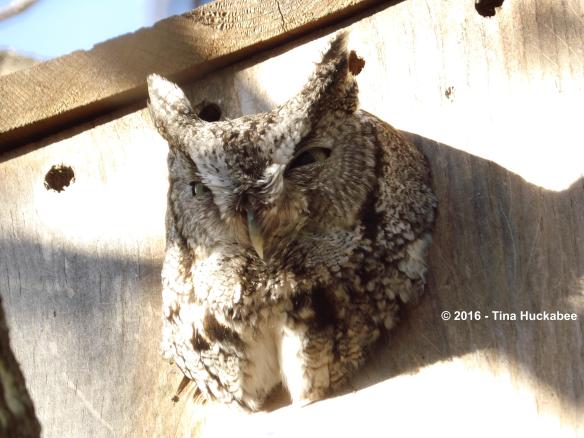
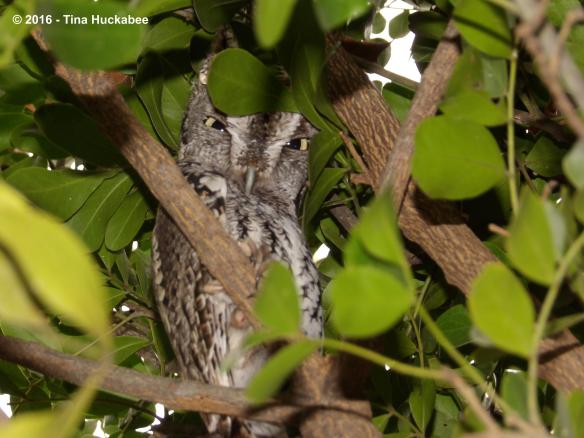
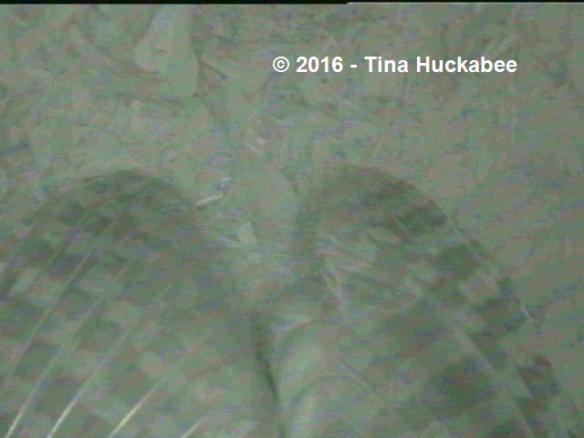
Birds are my favorite, so I really enjoyed your post today. Unfortunately for me, we don’t get a large variety of birds at our home. We don’t seem to be on the migratory path for most of them.
I’ll have to mark my calendar to participate in Wildlife Wednesday next month. However, by coincidence my post today features a tiny bit of garden wildlife.
LikeLike
I’ve enjoyed truly learning about “my” birds, rather than considering them a sort of “background” to the garden. We do get a decent variety, not as much as some areas, but enough to make it interesting. I do hope you’ll participate–you’re always welcome.
LikeLike
oh Tina so much I don’t where to start commenting, I love the love story of the waxwings and Mr and Mrs owl, I was saddened to read that starlings are a problem in the Americas, I have plenty in and around my garden but here they play nice with the other birds, I have heard they are in decline in other areas, the red bellied woodpecker has very striking colouring, I have the european robin in my garden and it is only ever 1 they are solitary birds, I remember the first time I saw the American robin I was shocked by how large they are, twice as big as our robins,
thanks for hosting this lovely meme, I’ve posted but again no photos of wildlife, Frances
LikeLiked by 1 person
Yes, I get really annoyed with the Starlings, although oddly enough, not so much with the European House Sparrows which are year-round residents and who can be pushy in the garden. Maybe because they’re cuter?? 🙂 Also, I really like their chatter. Just between you and me? I think the European Robin is much prettier than the American, though I have a soft spot for the American. And you’re right, compared to the European Robins, they’re huge!
LikeLike
Tina, years ago when starlings and house sparrows were plentiful here, I remember many people complaining about both for being pushy, I think since their numbers have decreased there are less of them to be pushy,
I am glad you enjoyed the bird links, thanks for yours too, I enjoyed hearing your goldfinch and owl, Frances
LikeLike
That’s very interesting. You’re probably correct that in greater numbers, well, their aggressiveness is more noticeable. I wasn’t all that concerned when I saw one or two Starlings, but that changed when 20 showed up!
LikeLike
Amazing photos Tina. Your birds are brilliant… especially your Screech Owls. We have starlings visiting our garden in their hundreds every day just before the sun sets. They settle in the Oak tree above my garden studio and make a right racket for a few minutes before they swoop down into the field next door and feed for a few minutes before flying off together in huge waves. I must say that I enjoy watching them but I wouldn’t want them in my garden all day long!
LikeLike
Thank you, Gillian. Are the Starlings in your area declining? I only have them this time of year, but I know that in northern states, they tend to be problems throughout the summer months.
LikeLike
Apparently they declining are all across the UK. Luckily we live in a rural area which has food and shelter for them so we seem to have plenty of Starlings here.
LikeLiked by 1 person
Pingback: Wildlife Wednesday – All Creatures Great and Small | Gardening Jules
Hi Tina, I enjoyed your post, and am really hopeful thats not a sad ending. If there are other Owls nesting nearby what does that mean for your Owl? I hope there is good news and we get to see the fruits of your web cam.
I struggle with bird song too, unless its really obvious, we went on a bird song identification course but felt as stupid as I did trying to help the children with music homework, I just haven’t got a musical ear. The app sounds interesting though. I loved the shot of your Red Bellied Woodpecker, his back plumage is quite exotic compared to our Woodpeckers.
And yes its a deal on the wine, beer and cheese! I cant understand why when we are faced with the same habitat loss, pesticides, climate change issues as you over there, why Starlings thrive for you and not here, where they are actually in steep decline. Your Cedar Waxwings are beautiful too, have you a new lens?, they are lovely shots and guessing the waxwings were quite high up. Great text to accompany the smoochers!
I hope its good news for your Mamma Owl and here’s my post this month. Thanks so much for hosting as always.
LikeLike
Mama owl was back in the box this morning, so I’m feeling better. The Great Horned Owls are quite large, so they’ll hunt anything smaller than they are and the Screeches are little ones. I think the Screech owlets will be the most vulnerable, as most babies are. It’s a tough road, but that how nature works. Honestly, I’d rather my Screech owls be caught and eaten by a Great Horned that hit by a car–which happens often, I’m afraid. At least their deaths would have some purpose.
I think the whole science/art of bird calls is very difficult. I’m learning to recognize some of the rarer songs, but I agree that it’s tough. The app has been useful though in learning.
That woodpecker is great–he can be a bit shy, but once he’s on the suet feeder, it’s his until he’s done.
I’m glad you like the “deal”! I know that the Starlings are in decline–things are so fouled up everywhere. Not quite sure how we’re going to do this trade though….:)
I don’t have a new lens, but I’m still or use the tripod, my camera takes a good distance photo. I wish the Cedar Waxwings would land a bit closer to me though. They are just the prettiest birds and so fun to watch. Glad you liked the courting commentary.
LikeLiked by 1 person
I am glad to hear your Mama owl was back with you this morning Tina, I agree about the Great Horned v Car scenario too, sad to hear that there are Owl losses through cars though. Things are crazy, man’s destruction and interference, habitat loss, climate change are all is pushing wildlife to different places.
LikeLiked by 1 person
Yes, to all of the above. I was happy Mama was back, too. As if fretting over my son isn’t enough….:)
LikeLiked by 1 person
Pingback: Wildlife Wednesday: I spy with my little eye | Frogend dweller's Blog
Fantastic photos Tina. They are crystal clear. You have such a wide variety of colourful birds visiting you. Your red bellied woodpecker is a stunner. I was surprised to see the starlings and I remember feeling similarly frustrated by their greed and bulling tactics, until we stopped seeing them around. In fact I’ve seen more this year than of late, so maybe this year’s birdwatch will reflect that. I read your response to Julie, so I am glad to hear about your returned owl.
I’ve written a short post on some birds that I’ve spotted around at work (including a first for me), so here is my link https://frogenddweller.wordpress.com/2016/03/02/wildlife-wednesday-i-spy-with-my-little-eye/
LikeLike
Thanks Allison! I consider myself very fortunate if I can manage “somewhat” clear photos. 🙂 You know, we do have a fair diversity of birds here, I’ve come to appreciate that. Isn’t that woodpecker gorgeous? There are also some smaller Downy Woodpeckers here, but I’ve had no good luck taking photos of them. Interesting about your Starlings. I’m also counting them for our Cornell Feederwatch project so that their movements and migrations in North America can be tracked.
LikeLike
Your owl-cam is so cool, can’t wait to see how things go. No Cedar Waxwings in my yard, plenty in the neighborhood. I need to figure out how to attract them. So cute, your little narrative.
Only one bird this time, lots of pollinators.
http://rockoakdeer.blogspot.com/2016/03/wildlife-wednesday-march-2016.html
LikeLike
We’re looking forward to spying on our feathered and taloned friends, even though it does feel like an invasion of their privacy. The Cedar Waxwings just seem to enjoy landing in my trees and showing off how pretty they are. They enjoy the pond too and one of these days, a swarm of them will pick off any and all berries from the garden.
LikeLike
I hadn’t noticed a starling since moving here over a decade ago! I just figured I’d traded starlings for grackles.
LikeLike
Ha ha. They’re not so different, starlings and grackles. But I have to admit that I’m partial to the gracks!
LikeLike
What wonderful photos of your birds! I love the owl, and your little lizard who woke so early this year!
LikeLike
Thank you! It was a good month of wildlife watching and those lizards are waking up now, so there will be lots more to see.
LikeLiked by 1 person
Pingback: Wednesday Already? | Forest Garden
Lots of wildlife and no coat or boots needed. It was 20 when I was out about the goose. I will add my fishing line goose rescue unless you don’t think it is appropriate.. Michelle
http://ramblingwoods.com/2016/03/02/to-rescue-an-injured-goose/
LikeLike
Definitely no coat this year–scarily mild, actually. Not that I’m complaining, but let’s talk again in July. 🙂 I’m very glad you’re linking your goose rescue story. It’s a good reminder of the cost of leaving garbage around–it doesn’t just disappear. Thanks, Michelle.
LikeLiked by 1 person
Pingback: Botanically Inclined - Seed Adventures | Wildlife Thursday
Well Tina, I admire again all the birds you manage to attract and can only hope to have as many one day in my garden! I love the waxwings courting 🙂
Did you made the nest box for the owl on purpose (I mean for the owl?) It would be so great to have an owl around here too.
Here’s my short posting for this month: http://botanicallyinclined.org/wildlife-thursday/
LikeLike
Thank you! We do have a nice variety of birds, although more House Sparrows and White-winged Doves than I’d like. Yes, the owl box (actually, this is the second or third generation) was a Mother’s Day gift from my son and husband about 7-8 years ago. We’ve had a couple breed successfully every year, except for last year. This is a link to the design my husband used, but there are plenty of options out there: http://www.lakesidenaturecenter.org/MDC%20Plan%20-%20Sparrow%20Hawk%20or%20Screech%20Owl.pdf
LikeLike
Loved the bird pics! I think the “dating call” of the cedar waxwings was excellently captured. Can’t wait to see if there will be any owlets!
LikeLike
Thank you, Jenn. The Cedar Waxwings are photogenic, to be sure. Like you, I hope for owlets!
LikeLike
Oooh those cedar waxwings! Be still, my heart. Those photos and your narrative are absolutely the cutest and best to date. I’ve been watching a large flock flitting about the tops of trees over in a close by municipal park. They’re too far to get a good photo (believe me, I tried and tried..) but watching their antics and dramatic whirling about mid flight are one of my favorite ways to start a day.
And a word of thanks for explaining what we are looking at in the Owl Cam photos. A bit like seeing that first ultrasound of a human fetus…you know what you are looking at, what it is supposed to look like, what you are supposed to see, but…somehow…. It always helps to get those visual landmarks established and soon we’ll all be old pros at discerning what’s what. Great post!
LikeLike
Thank you, Deb! I thought it might be helpful to describe the camera scene and your sonogram analogy in an apt one. What I love to watch is when mama is still, except for her breathing–feathers in, feathers out. There’s something meditative about that–and I’m spending too much time watching her.
Cedar Waxwings must be the most group-oriented birds EVER!! So fun to watch and after I got that series of photos, well, I just couldn’t help myself. Glad you enjoyed.
LikeLike
I completely get your fascination with watching that small momma breathe. I recall a bee video you posted or linked to and at one point the larvae in the nursery combs were shown breathing (at least that is what it looked like) and I found myself absolutely charmed at the sight. It strikes some deep chord….
LikeLike
There’s something really beautiful about watching breathing. Wild animals’ lives are fraught with danger–somehow it’s gratifying to me to see that at some point in her day, she’s relaxed. But I know what you are referring to with that bee video–breathing–respiration, is life.
LikeLike
Very cool about the Chickadee. Your orange crowned warbler is adorable – as is your owl, of course! Otherwise we do have many of the same birds.
LikeLike
Isn’t it interesting that he responded to the phone. The calls are real and certainly legitimate sounding, so I guess I shouldn’t be surprise. I’ve just loved the warbler this winter. I haven’t actually seen him/her in a couple of days, so maybe he’s moved on???
LikeLiked by 1 person
Maybe. There are a number of birds that are visible in our garden only for a few weeks.
LikeLiked by 1 person
Oh, Tina., I just love all these bird photos. Wow and wow and wow. (oops, and you too Mr. Lizard). I laughed at your comment about the open beak. Thanks for making my day = )
LikeLike
Thanks, Debra. It was a fun month and I’ve certainly enjoyed the birdies. Glad I could make you cackle. 🙂
LikeLike
I took a birding course and the instructor used an app to call birds. It worked once for me.
LikeLike
It apparently works!
LikeLiked by 1 person
I love the calling-birds-on-the-phone story! Our gardens aren’t too far apart so it’s not surprising we see many of the same birds (house finches, starlings, chickadees,cardinals, etc.), but I seldom see the American goldfinches here… we usually get Lesser goldfinches. Flocks of cedar waxwings have been here in other years but I’m not seeing them this year. Luckily, the black crested titmice are still showing up. Wishing you new birds this spring!
LikeLike
Thanks, Annie–it was a fun revelation. I don’t usually have American Goldfinch either, it’s usually the Lessers for me too, but they’re still hanging around. My pair of Titmice seem to be nesting in the back neighbor’s long-abandoned Purple Martin house, but they haven’t been up close to my house much in the past week. I hope you have many blooms and birds this spring!
LikeLike
Wow look at those birds…I especially love that warbler. Here it has warmed and the birds are returning…I am not seeing them as much as hearing them with the Spring Peeper frogs. I know I am almost 2 weeks late, but thought I would link in anyway as I have returned from a blogging break, and a 2 week trip to see family….
http://www.livingfromhappiness.com/wildlife-lesson-squirreling-around/
LikeLike
So glad you joined in, Donna. I’m missing that little warbler–I think he may be heading your way. Thanks for joining in with Wildlife Wednesday!
LikeLike